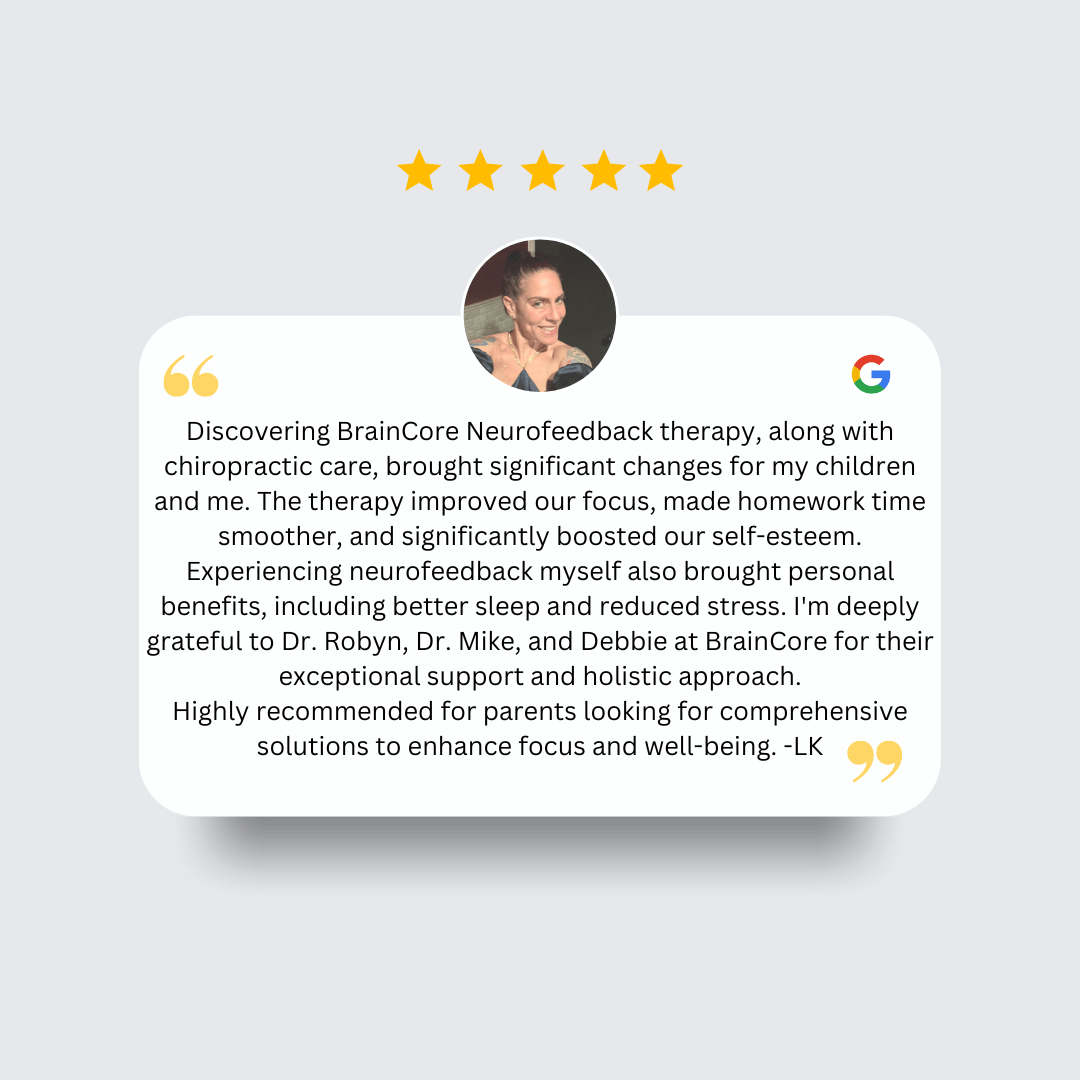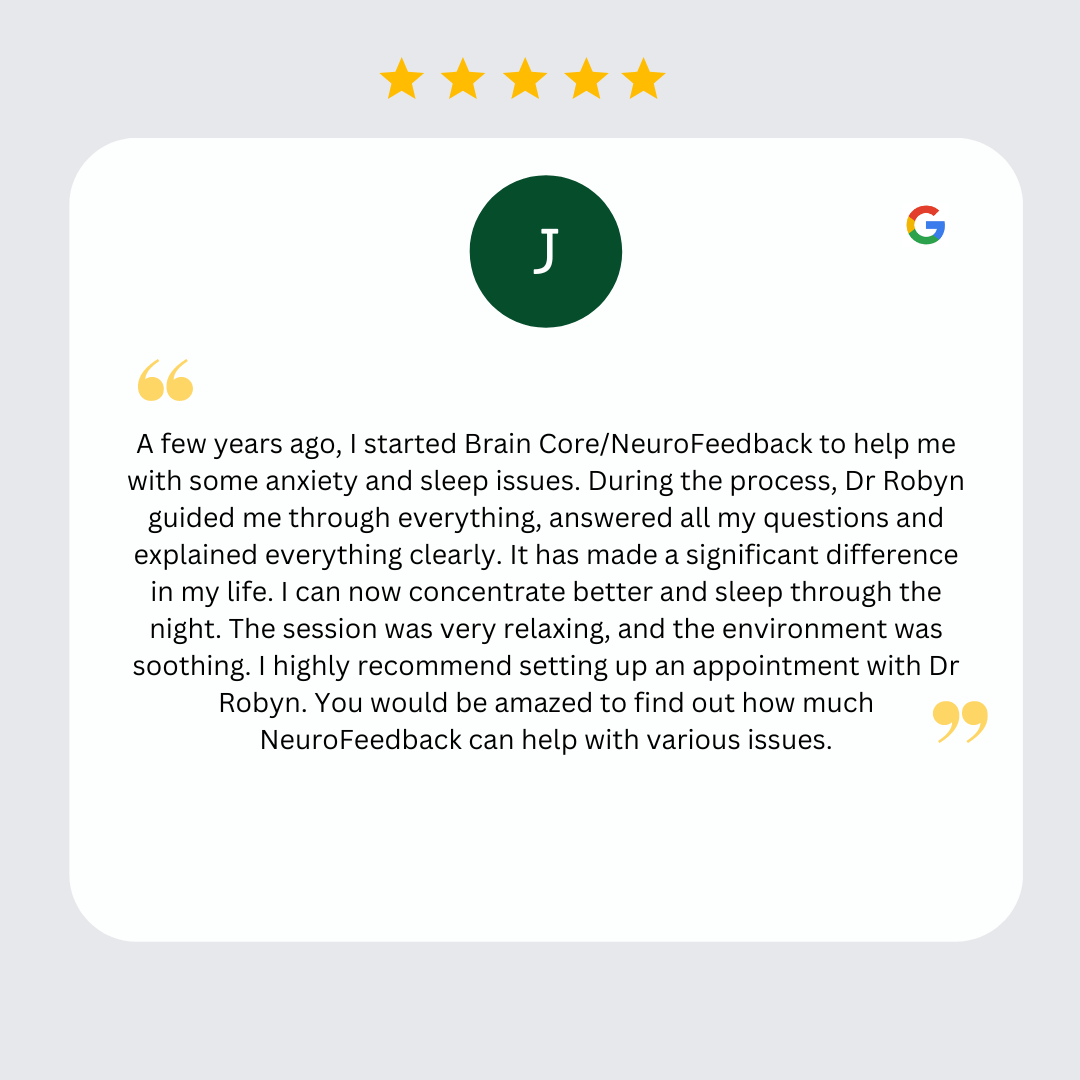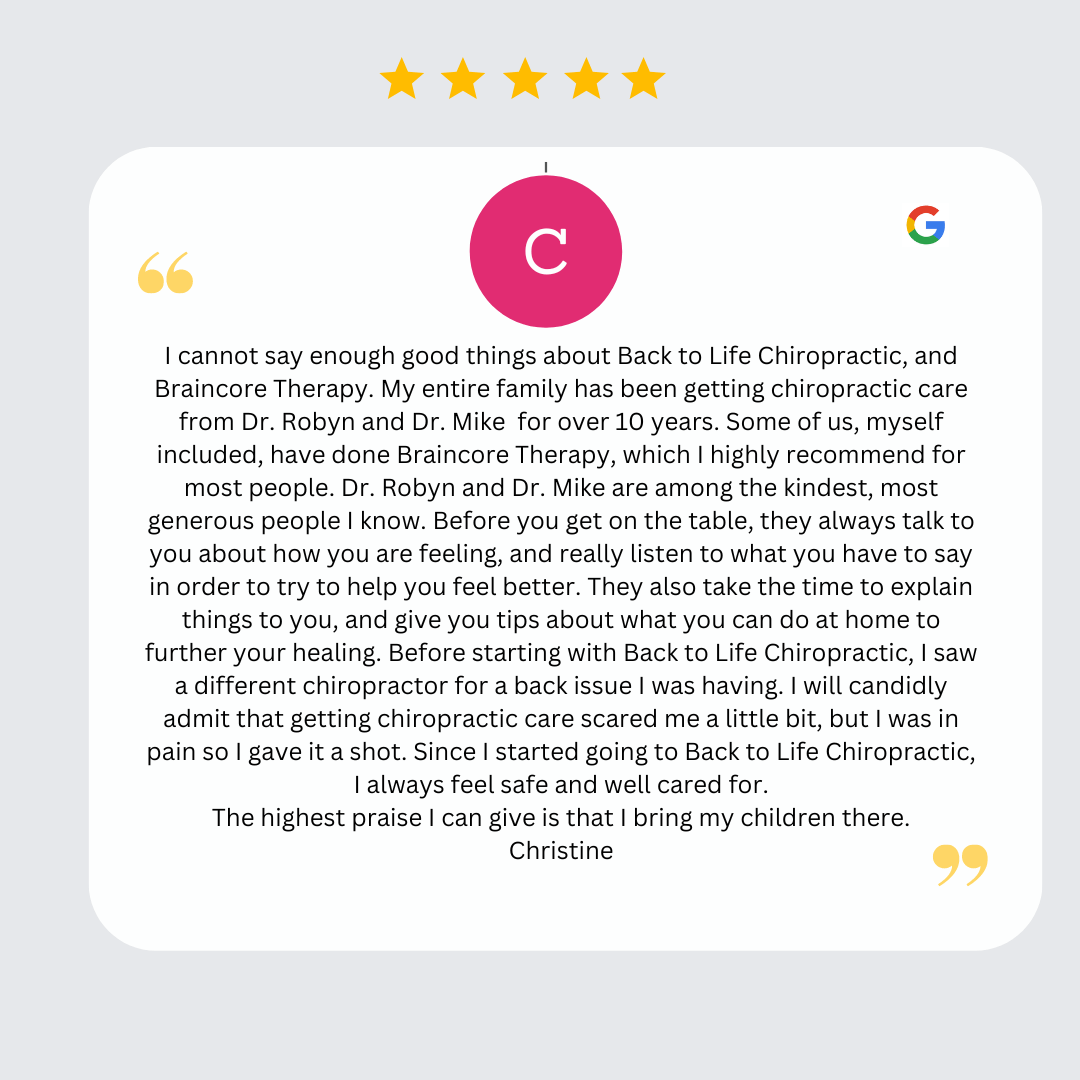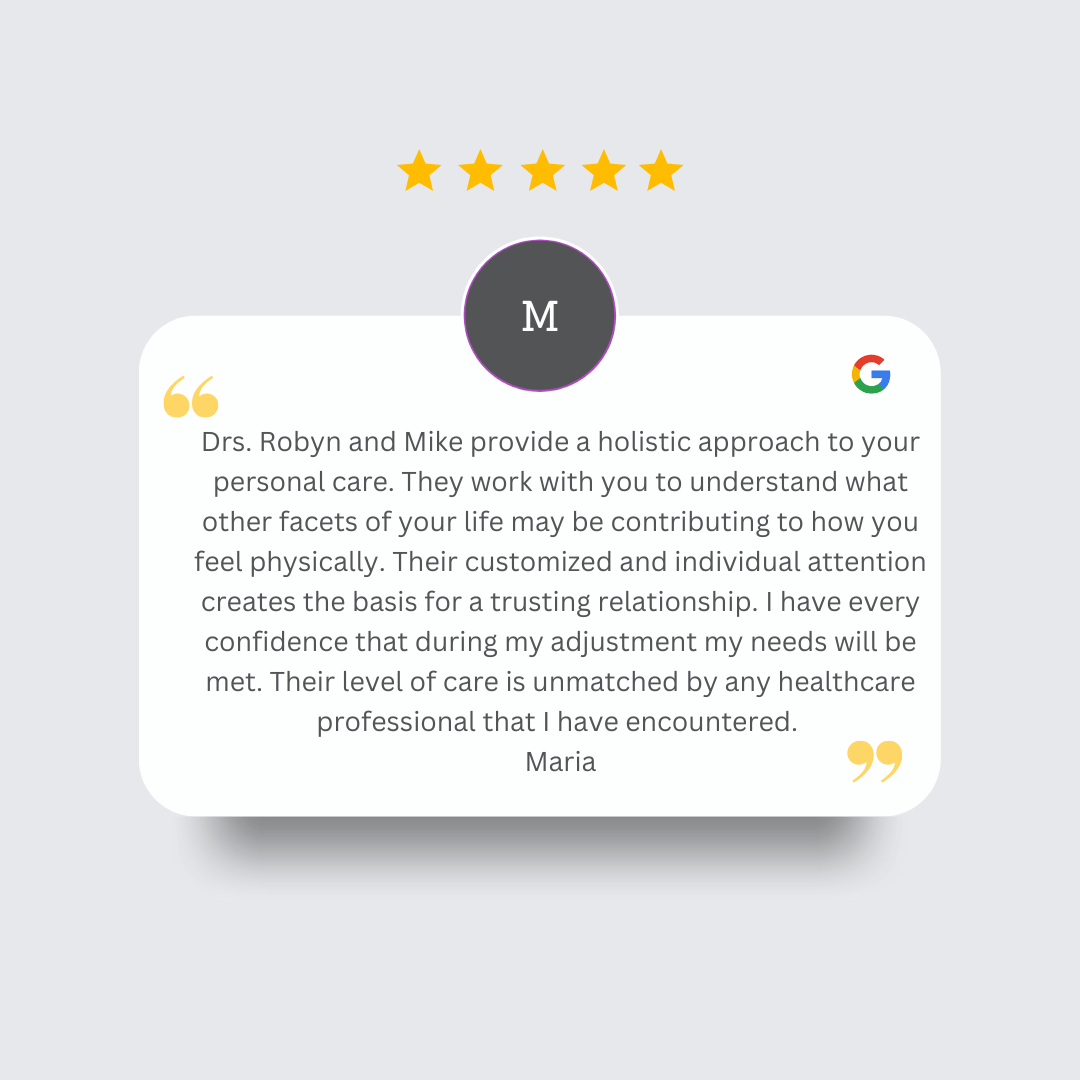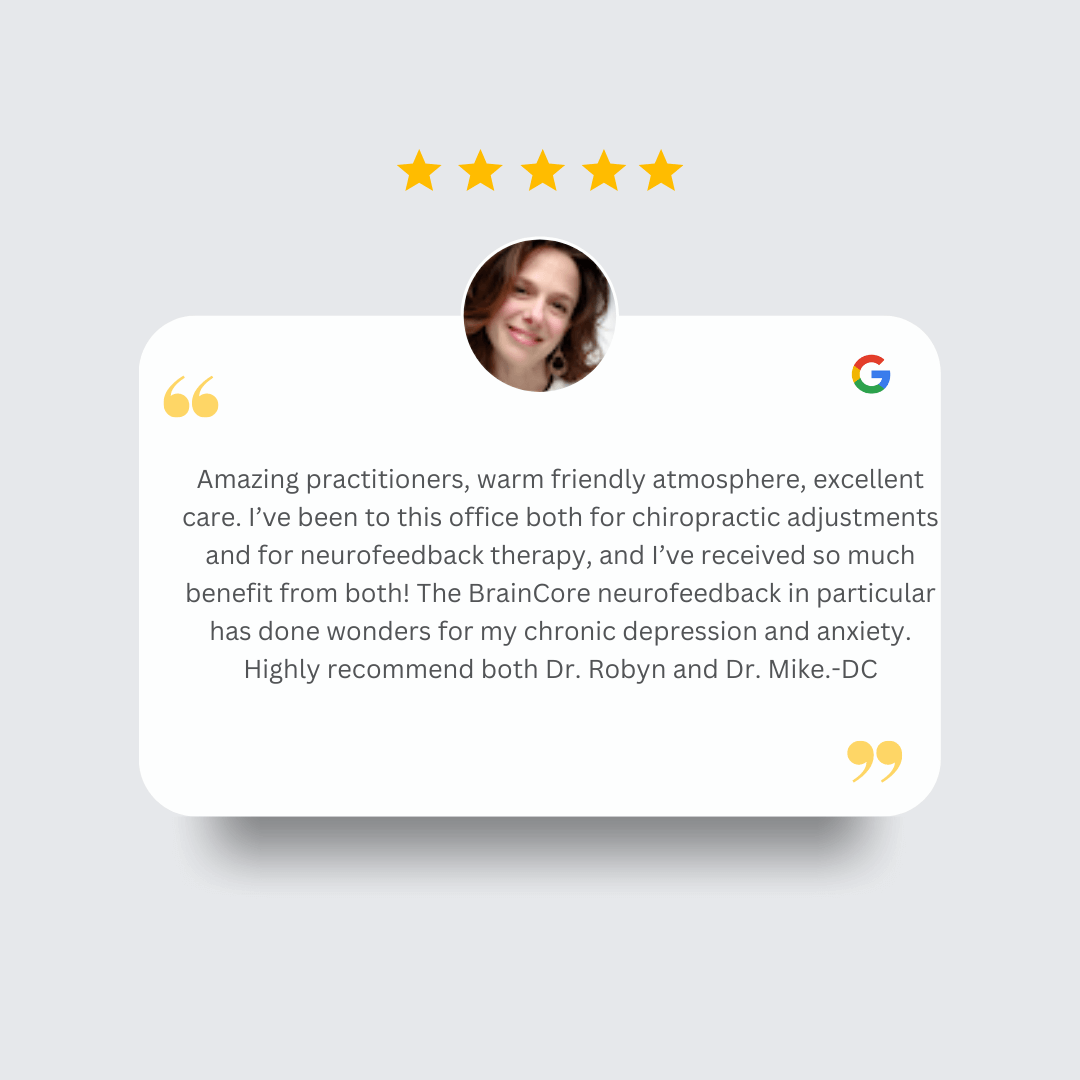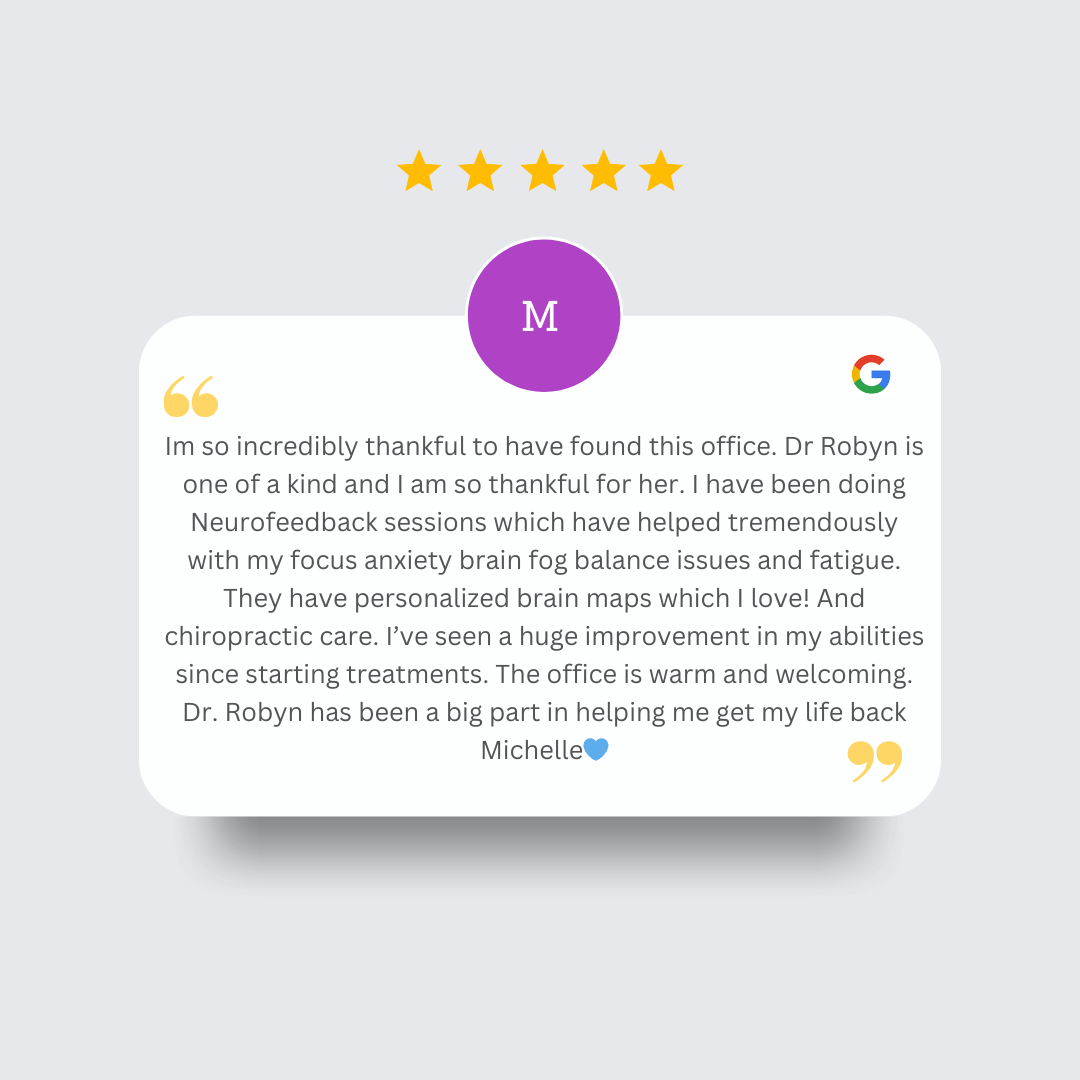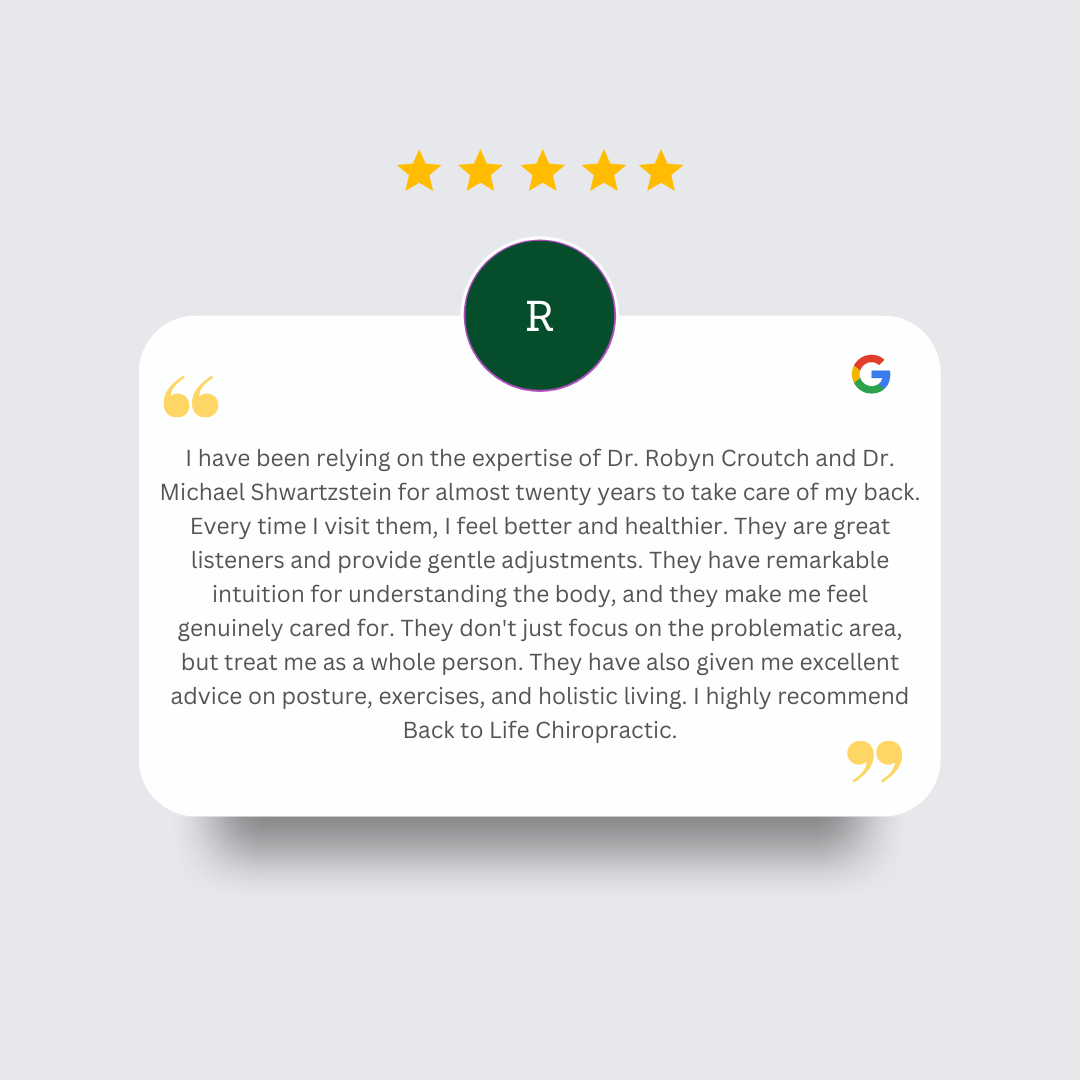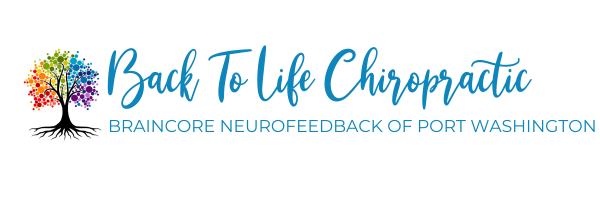
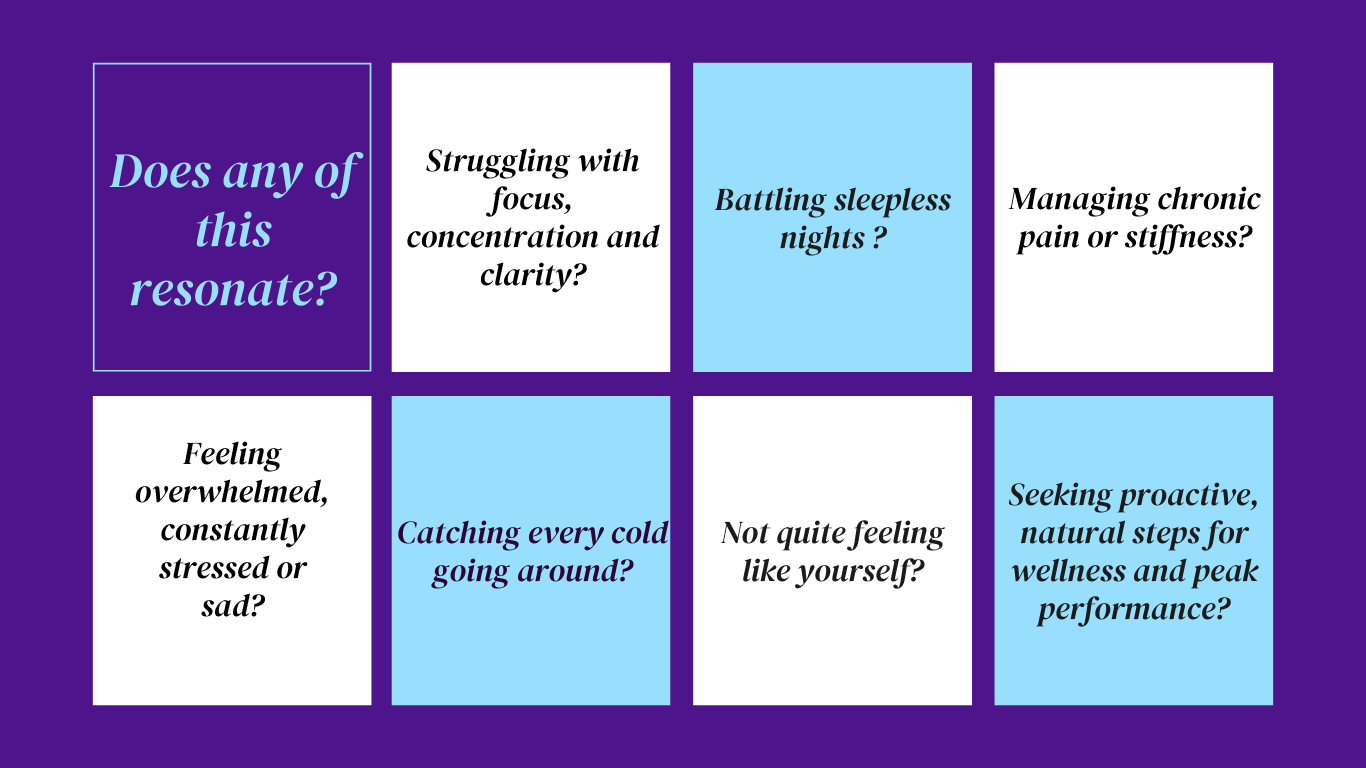
How Neurofeedback Helps Kids Transition More Smoothly Between Tasks
Drs. Michael Shwartzstein and Robyn Croutch bring over 45 years of experience to their chiropractic practice, focusing on holistic care for brain and body health. Inspired by a close friend’s son with ADHD, they integrated BrainCore Neurofeedback, achieving...


Drs. Michael Shwartzstein and Robyn Croutch bring over 45 years of combined experience to their chiropractic practice, focusing on gentle, comprehensive care that nurtures both brain and body health. Thirteen years ago, they embarked on a journey into BrainCore Neurofeedback, inspired by a close friend’s struggle with their son’s ADHD. This personal experience, combined with the guidance of a respected mentor in neurofeedback, sparked their commitment to exploring this powerful modality.
After extensive training, they began offering BrainCore Neurofeedback and soon witnessed life-changing results. Their approach has led to remarkable transformations: a teenager facing challenges found renewed hope, children with autism began connecting through communication, adults with anxiety achieved greater peace, and young patients with attention and behavioral difficulties saw genuine progress.
Dedicated to advancing their knowledge, Dr. Robyn Croutch completed Dr. Amen’s Brain Health Professional Certification, enhancing her ability to support a wide range of neurological and emotional challenges. This specialized training aligns with their holistic approach, which is designed to address patients’ needs on all levels.
To expand their commitment to proactive, whole-body wellness, Drs. Shwartzstein and Croutch also introduced thermography into their practice. This non-invasive, radiation-free technology empowers patients with early detection and prevention insights, identifying inflammation and potential health issues before they manifest into more serious concerns. Thermography complements their gentle chiropractic care and neurofeedback, offering patients a comprehensive view of their health.
Their practice is built on a dedication to seeing the whole picture, combining gentle chiropractic techniques, neurofeedback therapy, brain health expertise, and thermography. Drs. Shwartzstein and Croutch are passionate about providing personalized, compassionate care that helps each patient achieve a balanced, vibrant life through innovative and gentle holistic solutions.
WHAT SOME OF OUR PATIENTS HAVE SAID
